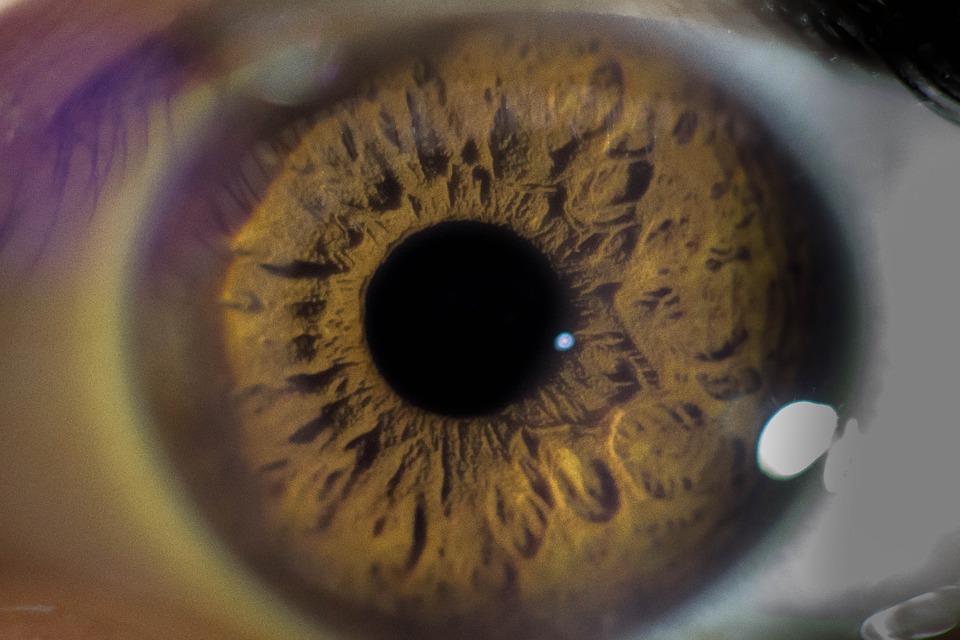Cataract is a common eye condition that can make it hard to see clearly. Basically, Cataract happens when the lens in your eye gets cloudy, which can cause blurry vision and other annoying symptoms like seeing halos around lights. While Cataract is mostly an age-related issue, they can also be caused by injuries or certain medications. But don’t worry – it can be treated with surgery, which involves replacing the cloudy lens with a new, clear one. It’s a standard procedure, and most people see a significant improvement in their vision afterwards.
What is Cataract Surgery?
Cataract surgery is a procedure that removes the cloudy lens in your eye and replaces it with a clear artificial lens known as intraocular lens (IOL). Your ophthalmologist will help determine the best lens for cataract surgery by considering your specific needs, such as your overall eye health, lifestyle, and any existing vision correction needs. Cataract Surgery is performed when the Cataract affects your vision to the point that it impairs your daily activities, such as reading or driving. This Surgery is usually quick and painless, with most patients returning home the same day. In fact, Cataract surgery is one of the most commonly performed surgeries in the world and has a high success rate. It can significantly improve your vision and quality of life.
What are the types of IOL used in Cataract Surgery?
In cataract surgery, the eye’s cloudy lens is replaced with an artificial lens called an intraocular lens (IOL). Different types of IOLs can be used, and they can be categorised into three main groups:
Monofocal IOLs:
These are the most common type of IOLs used in cataract surgery. Monofocal IOLs have a single focus point, which means they provide clear vision at a fixed distance, either for near, intermediate, or distance vision. Patients who choose mono-focal IOLs must wear glasses to correct any remaining refractive errors and achieve optimal vision at different distances.
Multifocal IOLs:
Unlike mono-focal IOLs, multifocal IOLs have multiple focusing zones built into the lens. This allows patients to see clearly at different distances, such as near, intermediate, and distance vision. Multifocal IOLs aim to reduce dependence on glasses after cataract surgery.
Toric IOLs:
Toric IOLs are designed to correct astigmatism, a standard refractive error that causes blurred or distorted vision. These IOLs have different powers in different lens meridians, allowing them to compensate for the cornea’s irregular shape in astigmatism. Toric IOLs can help reduce or eliminate the need for glasses or contact lenses to correct astigmatism after cataract surgery.
New-generation Intra-Ocular Lenses (IOLs) have revolutionised the field of cataract surgery and refractive lens exchange, offering enhanced vision correction options for patients. Two notable advancements in IOL technology are:
EDOF IOLs:
EDOF (extended depth of focus) IOLs offer enhanced vision by providing a broader range of clear vision from near to intermediate and distant. These advanced intraocular lenses utilise innovative optical technology to reduce the need for reading glasses or bifocals, improving visual acuity at various distances and enhancing the overall quality of life.
Extended Range of Vision IOLs:
Extended range of vision IOLs, like the Vivity IOL, expand the range of clear vision. These lenses employ cutting-edge optics, such as wavefront technology and non-diffractive elements, to offer an extended vision span. With these advanced IOLs, patients can experience improved vision across different lighting conditions and distances, reducing their dependence on glasses for daily activities.
Note: Consultation with an eye care professional is essential to determine the most suitable IOL option based on individual visual needs and eye health.
It’s important to note that the choice of IOL depends on various factors, including the patient’s visual needs, lifestyle, and the ophthalmologist’s recommendation. It’s always best to consult an eye care professional to determine the most suitable type of IOL for an individual’s circumstances.

How Should I Prepare for Cataract Surgery?
Preparing for a cataract operation can seem overwhelming, but it doesn’t have to be! Here are some tips to make the process easier:
- Before the surgery, your doctor may advise you to stop taking certain medications, especially blood thinners.
- You may also need to fast or take light food before the surgery.
- Wear comfortable clothing on the day of the cataract operation and arrange for someone to drive you home afterwards.
- Make sure to follow your doctor’s instructions regarding eye drops and medication.
And don’t worry. Cataract surgery itself is usually quick and painless! With a bit of preparation, you’ll be on your way to a clearer vision in no time.
What Can I Expect After Cataract Surgery?
After Cataract Surgery, you can expect to notice a significant improvement in your vision.
- Initially, your vision may be a bit blurry or hazy, but this is normal and will improve over time.
- You may also experience some mild discomfort, which can usually be managed with over-the-counter pain medication.
- It is important to avoid rubbing or putting pressure on your eye while it heals.
- You will need to take it easy for the first few days after Cataract Surgery, but most people can resume their normal activities within a week or two.
Your doctor will also provide specific instructions on how to use eye drops and when to schedule follow-up appointments.
What are the Benefits of Cataract Surgery?
Here are some benefits of cataract surgery:
- Improved vision: The most apparent benefit of cataract surgery is improved vision. After the surgery, most people see more clearly and have sharper vision.
- Increased independence: Many people with cataracts struggle with daily tasks like driving, reading, or seeing clearly. Cataract surgery can help restore their independence by allowing them to see better.
- Better quality of life: Improved vision can lead to a better quality of life. People with cataract surgery often report feeling happier and more satisfied with their lives.
- Reduced risk of falls: Poor vision is a significant risk factor for falls in older adults. By improving vision, cataract surgery can help reduce the risk of falls.
- Improved safety: Better vision can also improve safety on the road and at home.
Overall, cataract surgery is a safe and effective procedure that can significantly improve the quality of life for those with cataracts.
How Long Does It Take to Recover from Cataract Surgery?
The recovery time from cataract surgery varies from person to person and depends on several factors, such as age, overall health, and the severity of the cataract. Patients can usually return to normal activities within a few days after surgery. However, it’s common to experience some discomfort, blurred vision, or sensitivity to light during recovery, but these symptoms usually improve within a few days. Full recovery usually takes around four to six weeks.
What is the earliest I can take a flight/travel?
After cataract surgery, patients can take a flight /travel after a week. In case a patient needs to travel before a week, it’s suggested to take a Dr consultation before travelling.
Summary
Cataract is a common eye condition that causes cloudiness in the lens, resulting in blurry vision and other symptoms. Cataract surgery is a safe and commonly performed procedure that replaces the cloudy lens with a clear artificial one. Preparing for the surgery involves following your doctor’s instructions regarding medication, fasting, and food intake on the day of surgery. After the surgery, patients can expect a significant improvement in vision, with some mild discomfort that can be managed with pain medication. Full recovery typically takes four to six weeks, and patients are advised to follow their doctor’s post-surgery instructions for a smooth recovery. The benefits of cataract surgery include improved vision, increased independence, a better quality of life, reduced risk of falls, and improved safety.
